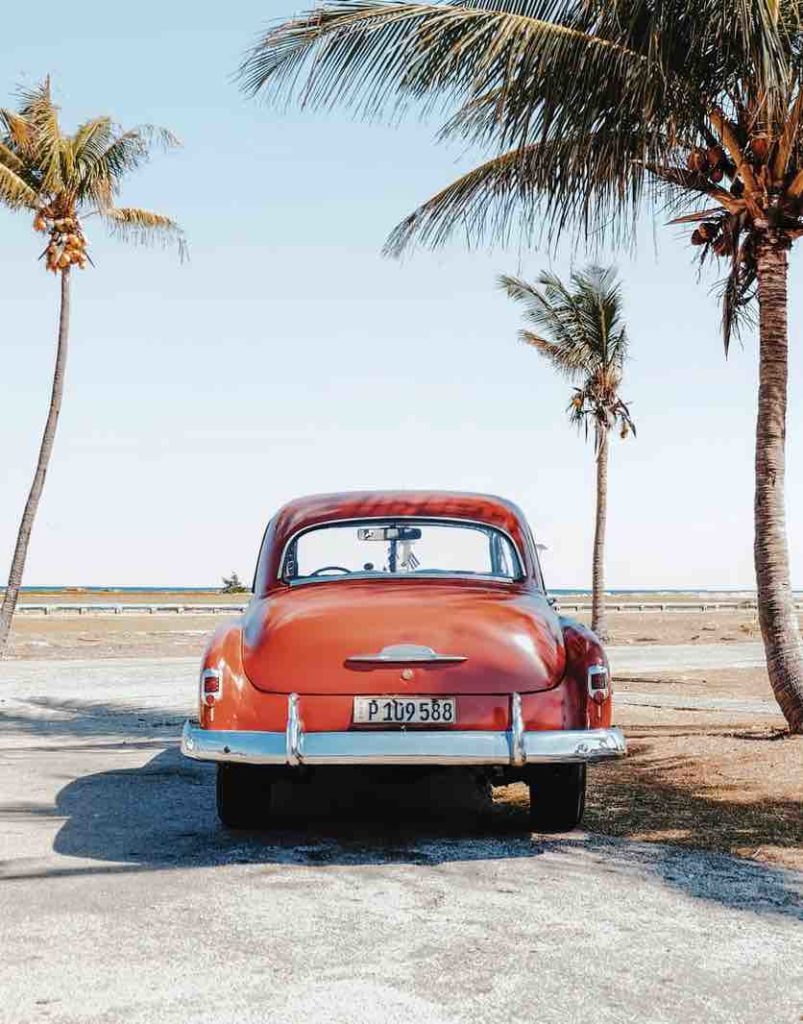The origins of gin may be traced all the way back to the Middle Ages, making it an alcoholic beverage with a long and fascinating history. It was originally developed in the Netherlands as a medical tonic and had massive popularity in 18th-century England. While most people identify gin with England, there is also some historical connections to the Caribbean.
The origins of gin in the Caribbean
Gin first made its way to the Caribbean in the early 1700s, when English and Dutch colonists began distilling their own versions of the spirit using local ingredients. These early gins were often made using sugarcane, which was abundant in the Caribbean, and were used as a way to preserve and flavor the cane. According to “Gin: A Global History” by Leslie G. Heuberger and Andrew F. Smith (2011), the first recorded reference to gin in the Caribbean can be traced back to the island of Barbados in 1650.

The rise of the rum trade
Gin was popular among colonists, although it was never as widely available as rum.
The Caribbean’s prefered alcoholic beverage soon came to be rum, which was fermented from molasses, a byproduct of the sugarcane industry. Exported Caribbean rum reaped enormous profits for the rum trade.
A decrease in gin output may be attributed to the expansion of the rum industry.
There are a number of factors that led to rum’s meteoric rise to prominence in the Caribbean. To begin with, sugarcane, which is used to produce rum, grows better in the Caribbean than grains, which are used to make gin. Second, rum was cheaper to create than gin because it required fewer inputs to make.
Last but not least, rum was more accessible than gin since it could be produced locally whereas gin required importation of components.

The modern era of Caribbean Gin
Gin has seen a return in popularity throughout the Caribbean in recent years. The rising global demand for gin is one reason for this trend. Gin allows distillers to experiment with a wide variety of ingredients and manufacturing techniques, satisfying the growing demand from consumers for handcrafted, one-of-a-kind goods.
As the first Caribbean Style Gin, Blue Light Caribbean Gin was an early leader in this trend. It is created in Grenada and is distilled in small amounts using spices like nutmeg and cinnamon as well as chocolate and citrous fruits. We take great care in sourcing and blending these ingredients to produce a gin that is well-rounded and delicious with a velvety smoothness.
Blue Light Gin was created with the intention of transporting drinkers to the islands and “capturing the laid-back, tropical lifestyle of the Caribbean”.
Caribbean Gin has gone on to win multiple spirit competitions around the globe with even a Gold Medal at the World Spirit Awards in Luxembourg.

Gintourism
The resurgence of gin in the Caribbean has also been aided by the growth of the tourism industry in the region. Tourists are always looking for unique and authentic experiences, and trying local spirits is often a part of that experience.
Distillers are taking advantage of this trend by offering tours and tastings at their distilleries, allowing visitors to learn about the history and production of gin in the Caribbean.
Try some Caribbean Gin today, we ship internationally!
In conclusion, gin has played a small role Caribbean history, despite the fact that it never quite reached the same level of popularity as rum. However, with the resurgence of interest in craft spirits and the growth of the tourism industry in the region, however, gin is once again making a comeback in the Caribbean.
Blue Light Caribbean Gin is leading the way with its hand-crafted, small batch approach and unique blend of tropical flavors. So next time you’re in the mood for a gin with a tropical twist, consider giving Blue Light Gin a try. You won’t be disappointed!
Historic References
- “Gin: A Global History” by Leslie G. Heuberger and Andrew F. Smith (2011)
- “A Short History of Gin” by Ian Wisniewski (2017)
- The rise of the rum trade:
- “Rum: A Global History” by Richard Foss (2012)
- “The Oxford Companion to Sugar and Sweets” edited by Darra Goldstein (2015)

Gin enthusiast and Caribbean Dreamer.




